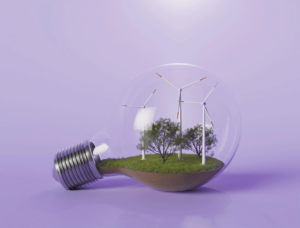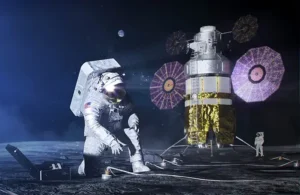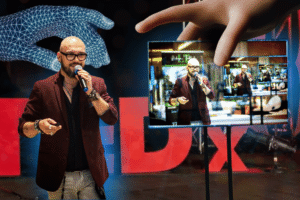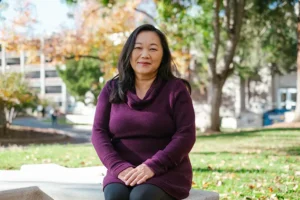California is once again leading the way. Here, people don’t just talk about the future — they build it. While the world debates climate change, food ethics, and shrinking natural resources, California is doing what it does best: inventing a new world.
And this time, the revolution is happening on our plates.
Thirty years ago, California farmers and chefs started the organic food movement — from Napa Valley to the coastal farms of Santa Cruz. A decade ago, “farmers markets” and “clean eating” became part of our everyday vocabulary.
Now, a new generation has gone even further: food doesn’t have to grow in the ground anymore. It can come from a lab, a smart farm, a fermentation tank, or even an algorithm.
his isn’t science fiction — it’s the reality in San Francisco restaurants, Los Angeles cafés, and biotech labs in Berkeley. And it’s already changing the planet.
Meat Without Farms: The Birth of Ethical Protein
A juicy burger or a perfectly seared steak no longer requires raising or killing animals. Welcome to the era of cultivated meat — grown not on a ranch, but in a bioreactor.
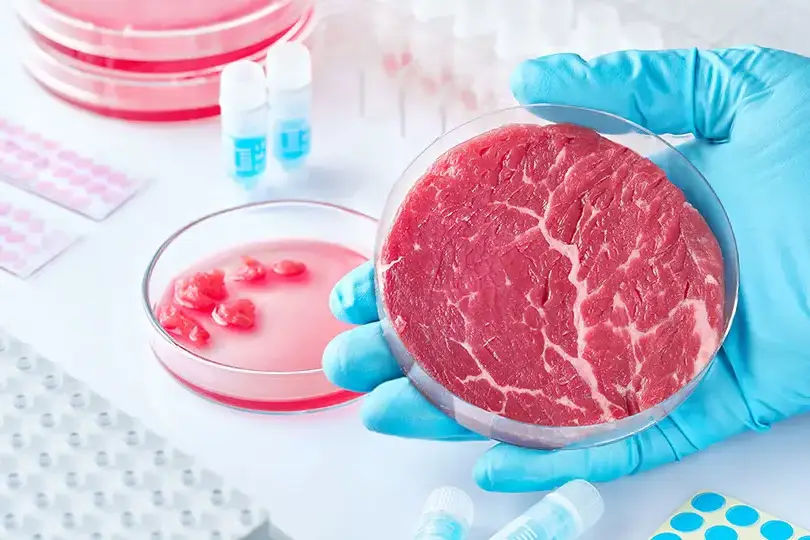
Here’s how it works: a few cells are taken from a living animal and placed in a nutrient-rich environment. They multiply and grow, just like in nature. In six to eight weeks, you get real muscle tissue — the same structure and flavor as traditional meat. It’s not fake. It’s real meat, grown differently.
Why it matters:
- Industrial farming produces almost as many greenhouse gases as all global cars combined.
- Forests are cleared to grow animal feed.
- Billions of animals die every year for food.
California saw opportunity where others saw controversy — a chance to feed the world without harming it. Today, tastings of lab-grown burgers are happening across the state, and top chefs are learning to cook with these new ingredients just as they once embraced avocado and quinoa.
Milk Without Cows: The New Protein Revolution
Plant-based milk is now mainstream — oat, almond, soy, you name it. But the next dairy revolution goes even further: milk made entirely without animals.

Scientists can now recreate milk proteins through fermentation — the same process used to brew beer or bake bread. The result? A creamy drink that foams in cappuccinos, melts in cheese, and whips like cream — but contains no lactose, hormones, or antibiotics.
The benefits are clear:
✅ Minimal environmental impact
✅ Safe for those with lactose intolerance
✅ No animal agriculture required
✅ Clean, consistent nutrition
California’s baristas already call it “smart milk” — perfect for those who care about health, taste, and the planet.
Bread Without Gluten or Traditional Flour
Bread is more than food — it’s comfort, tradition, and culture. But in recent years, millions have developed gluten sensitivity or reacted to industrial wheat.
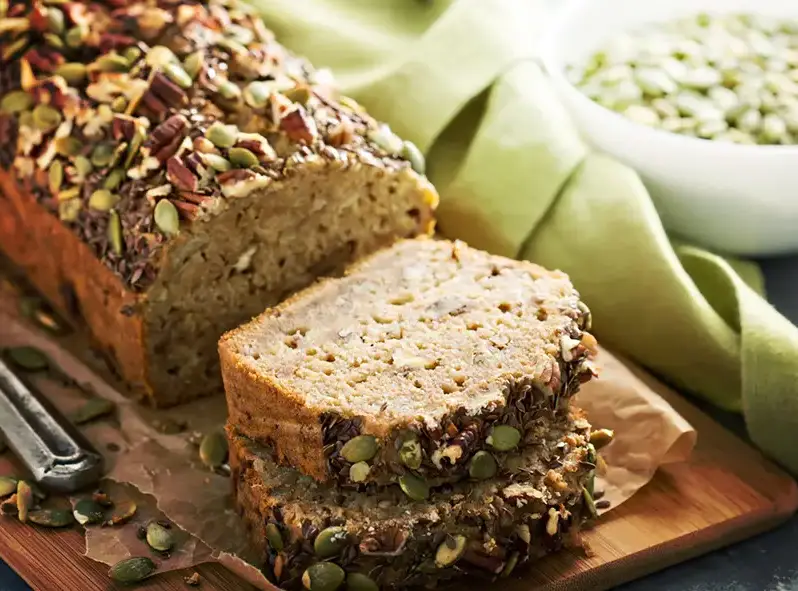
California responded first — with a new kind of bread: intelligent bread. It’s made from:
- Chickpea, sorghum, and amaranth flour
- Fermented grains
- Protein-rich mushrooms
- Sprouted seeds
This bread isn’t dry or crumbly like early gluten-free loaves. It’s fragrant, chewy, and deeply flavorful — proof that innovation can honor tradition while redefining taste.
When Technology Meets the Kitchen
Once, cooking was pure craft. Now, it’s part science, part art. Chefs, chemists, and engineers are working together to create the next generation of flavor.
In labs, mushrooms are grown to mimic seafood textures. Plant-based creams melt like butter. Egg substitutes bake exactly like the real thing — all without a single chicken.
In Los Angeles, “fermented flavor bars” serve experimental dishes blending microbiology and haute cuisine. In San Francisco, chefs and biochemists collaborate to design food that’s sustainable, ethical, and delicious.
A New Food Philosophy: Less Harm, More Meaning
The future of food isn’t just about technology — it’s about ethics and values. Generation Z and young millennials aren’t just eating; they’re making choices.
– A burger without killing an animal isn’t a diet — it’s a statement.
– Cow-free milk isn’t a trend — it’s an ecological decision.
– Gluten-free bread isn’t a fad — it’s about health and respect for your body.
Food has become a form of communication — between people and the planet. California’s new gastronomy asks not just what or how we eat, but why.
Taste Meets Ecology
In some California restaurants, menus now include not only calories but also the carbon footprint of each dish. Coffee shops highlight how much water is saved when you choose alternative milk. Bakeries celebrate using local ingredients and renewable energy.
Food has become part of climate action — not an afterthought. Because the future of food is inseparable from the future of Earth.
Redefining “Natural”
Skeptics say lab-grown food is “unnatural.” But what does “natural” even mean today?
Cities, technology, and human innovation are all part of nature’s evolution. We’ve learned to fly without wings and light up the night without the sun — so why shouldn’t we grow food without cruelty?
Maybe this is the next step toward harmony — using technology to protect, not destroy.
California: The Birthplace of Food’s Next Chapter
This revolution could have started anywhere — but it began here. Because California isn’t just a place. It’s a mindset. A culture of risk, creativity, and possibility.
It’s where people ask bold questions:
– What if milk doesn’t need cows?
– What if meat doesn’t mean death?
– What if food can heal the planet instead of harming it?
And the answers are already emerging — in Berkeley labs, San Francisco startups, and Los Angeles test kitchens.
Conclusion: From Golden State to Green Planet
California’s food revolution is more than innovation — it’s hope made edible. Every lab-grown burger, every cruelty-free milk latte, every loaf of smart bread brings us closer to a world where eating well also means doing good.
This is not just the future of food. It’s the future of us.







